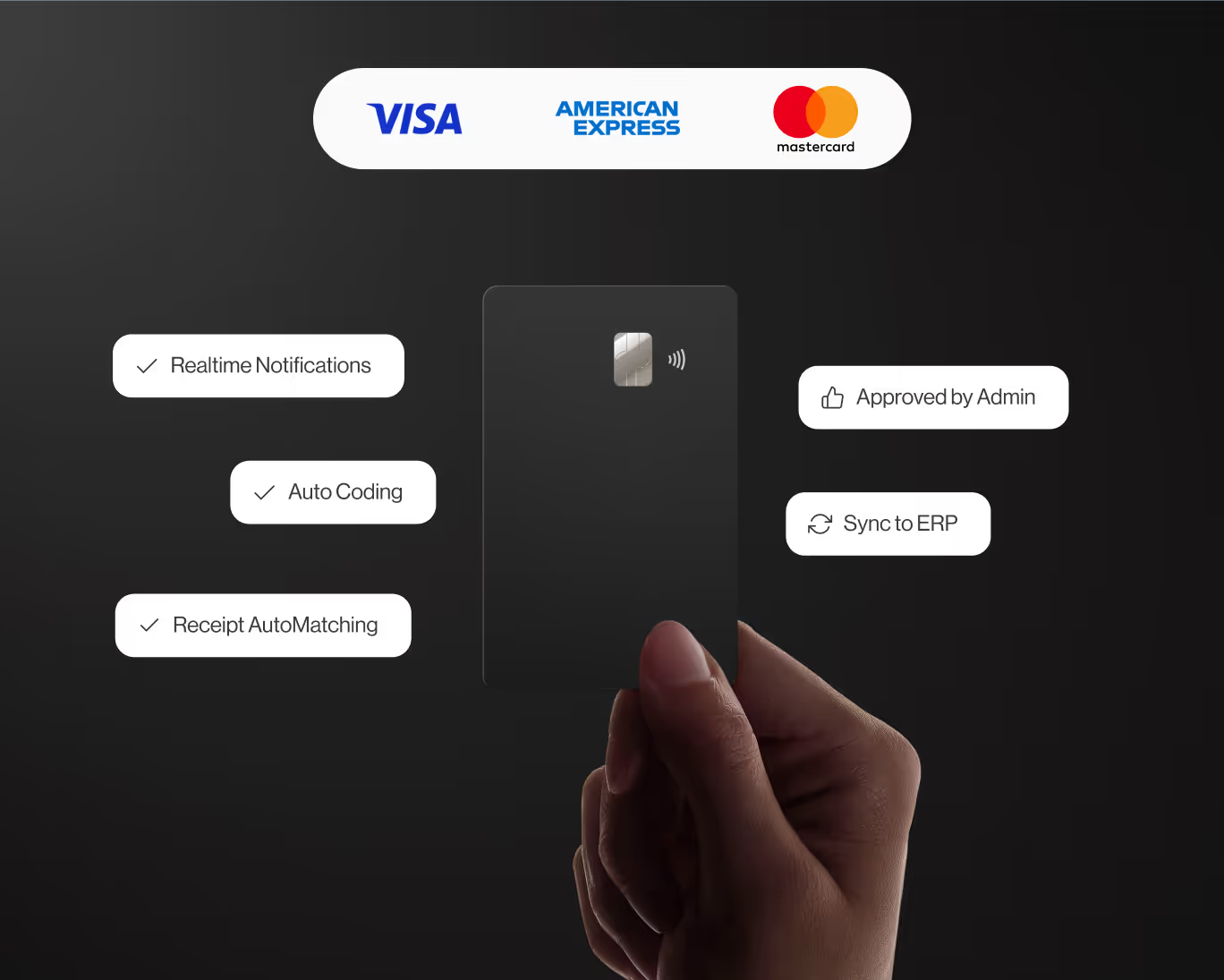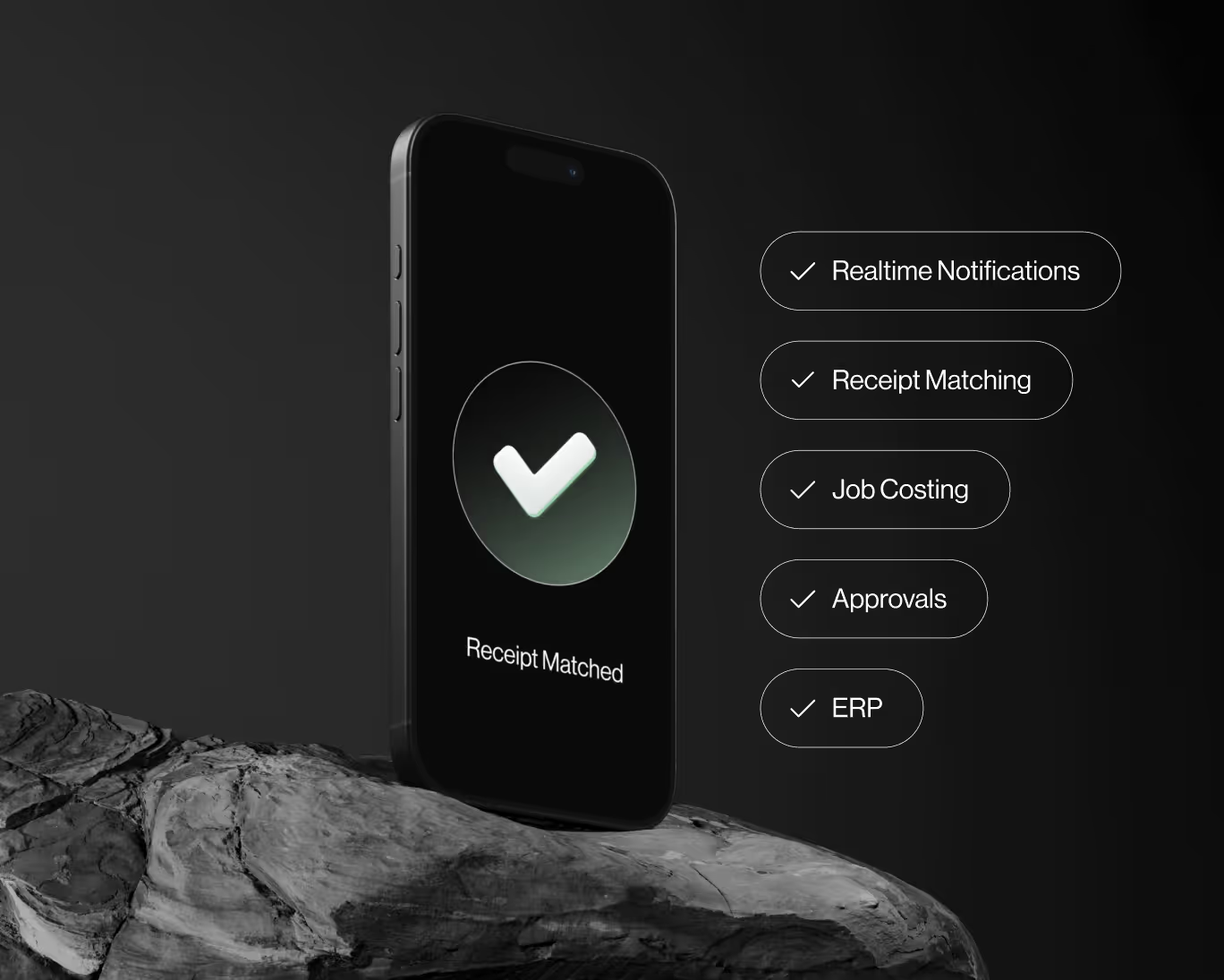Bank Reconciliation in Construction: Ensuring Accurate Financial Records
In the construction industry, managing finances accurately is crucial for the success and smooth operation of projects. Construction companies deal with numerous financial transactions, including payments to suppliers, subcontractors, and employees, as well as receipts from clients and lenders. As a result, discrepancies between the company's accounting records and the bank statement may occur. To address these discrepancies and ensure accurate financial records, construction companies perform "Bank Reconciliation." Bank Reconciliation is a process that matches and compares a company's internal financial records with the bank statement to identify and resolve discrepancies. In this blog post, we will explore what Bank Reconciliation means in construction, its relevance, and why it is a vital aspect of financial management to maintain financial accuracy and transparency in construction projects.
What is Bank Reconciliation in Construction?
Bank Reconciliation in construction refers to the process of comparing the company's internal financial records, such as cash receipts and disbursements, with the bank statement for a specific period. The objective is to identify any discrepancies between the two sets of records and reconcile them to ensure that the company's financial records are accurate and complete.
Bank Reconciliation involves comparing items such as checks issued, deposits made, service charges, interest earned, and bank fees with the corresponding entries in the bank statement.
Relevance and Importance of Bank Reconciliation in Construction
Bank Reconciliation holds significant relevance in construction companies for the following reasons:
1. Accuracy of Financial Records
Bank Reconciliation ensures that the company's financial records accurately reflect the actual cash transactions and balances, preventing errors and discrepancies.
2. Fraud Detection
Bank Reconciliation helps detect unauthorized or fraudulent transactions that may have occurred, safeguarding the company's financial integrity.
3. Cash Flow Management
By comparing cash receipts and disbursements with the bank statement, construction companies can effectively manage cash flow and plan for future expenses.
4. Compliance and Transparency
Accurate Bank Reconciliation contributes to financial transparency and compliance with accounting standards, regulatory requirements, and reporting obligations.
The Bank Reconciliation Process
The Bank Reconciliation process in construction typically involves the following steps:
1. Gather Records
Collect the company's internal financial records, such as cash receipts, disbursements, and bank statements for the relevant period.
2. Compare Transactions
Compare each transaction recorded in the company's records with the corresponding entry in the bank statement.
3. Identify Discrepancies
Identify any discrepancies between the company's records and the bank statement, such as missing transactions, errors, or timing differences.
4. Reconciliation
Reconcile the discrepancies by making adjustments to the company's financial records to match the bank statement, or vice versa.
Conclusion
Bank Reconciliation is a crucial process in construction companies to ensure accurate financial records and maintain transparency in financial management. By comparing internal financial records with the bank statement, construction companies can identify discrepancies, manage cash flow effectively, and detect potential fraudulent activities. Accurate Bank Reconciliation supports compliance with accounting standards and regulatory requirements, enhancing the overall financial health and credibility of construction companies. Performing Bank Reconciliation regularly is essential for construction companies to maintain financial accuracy, make informed decisions, and successfully navigate the financial aspects of construction projects.










